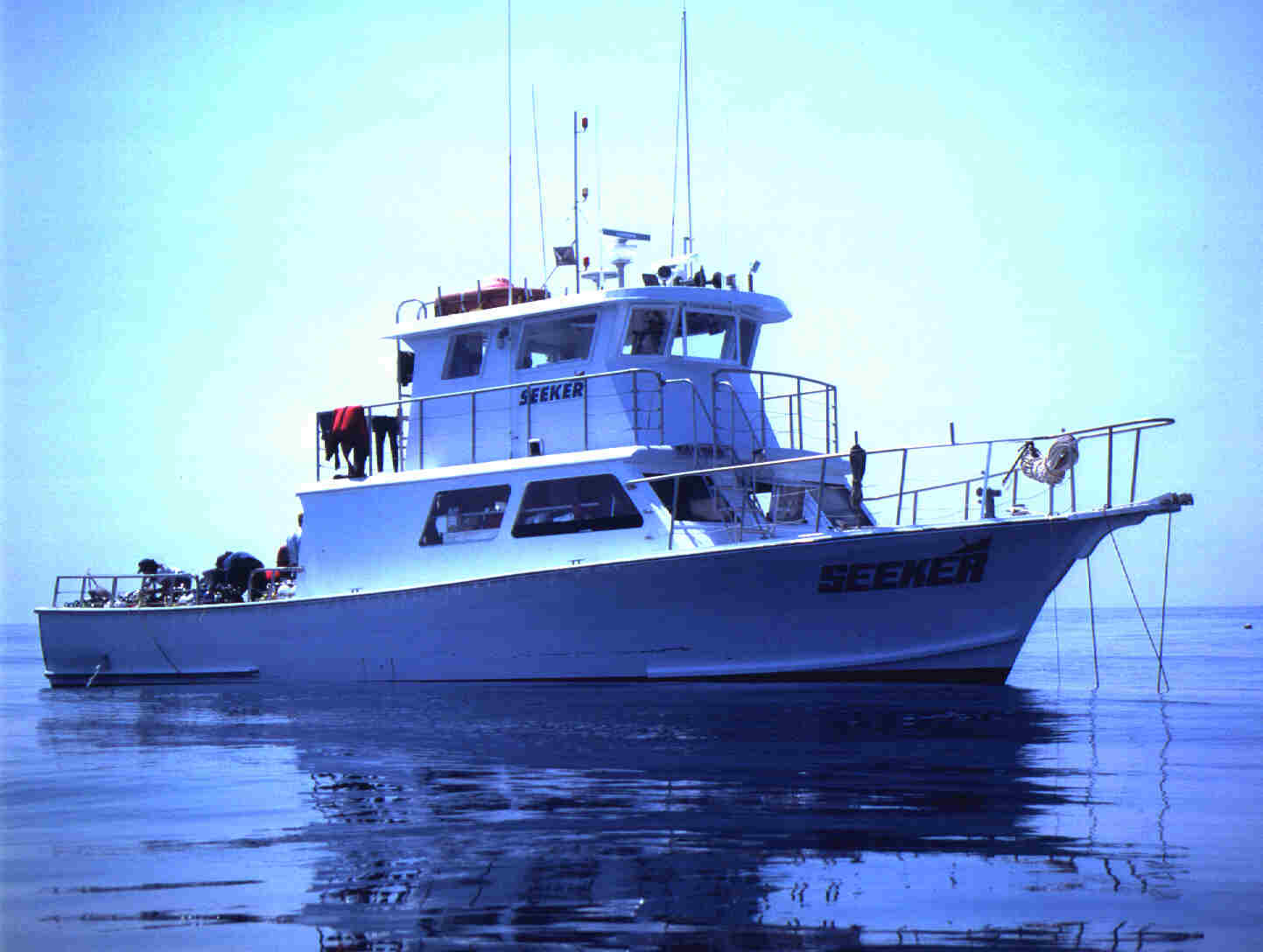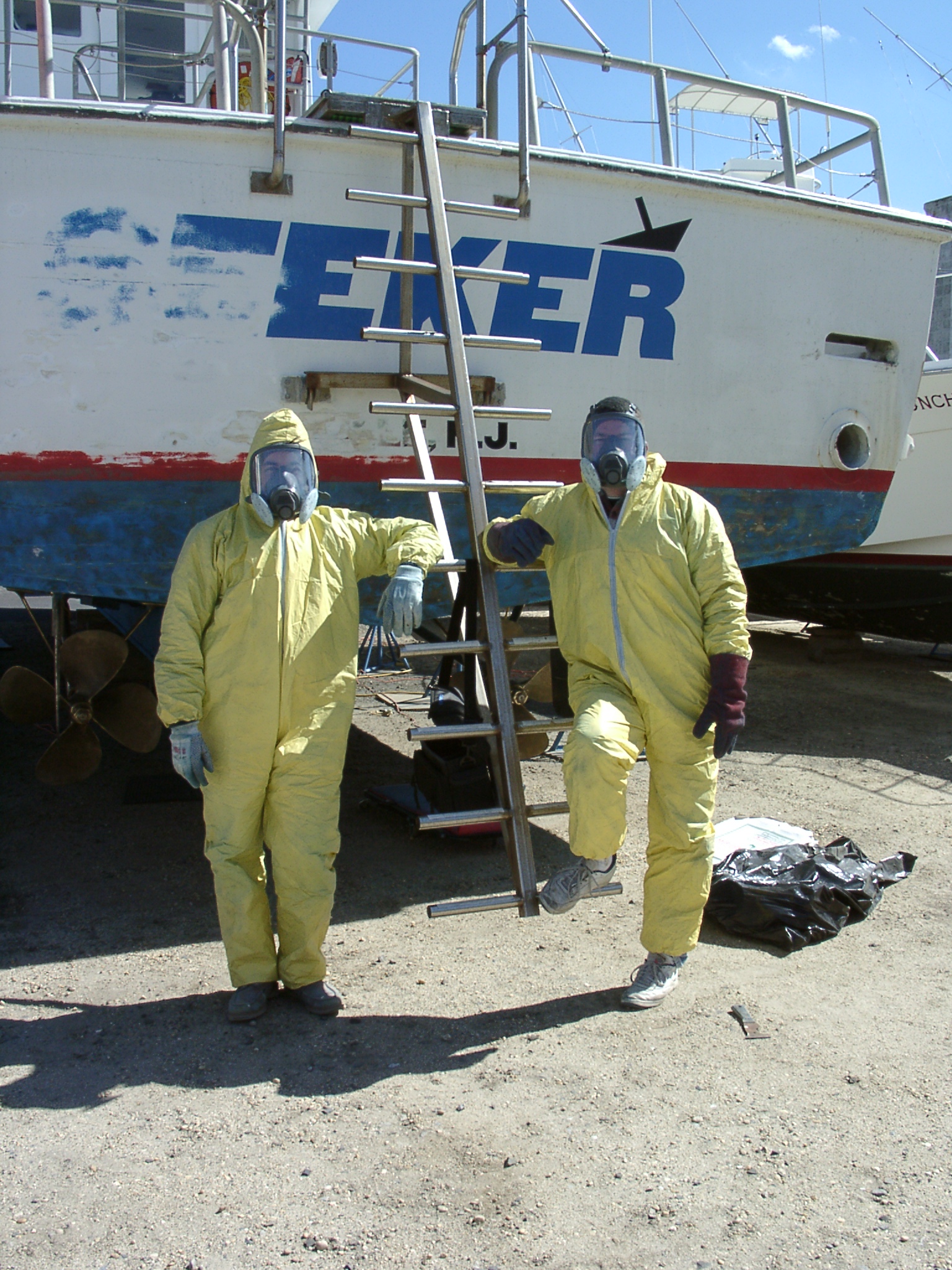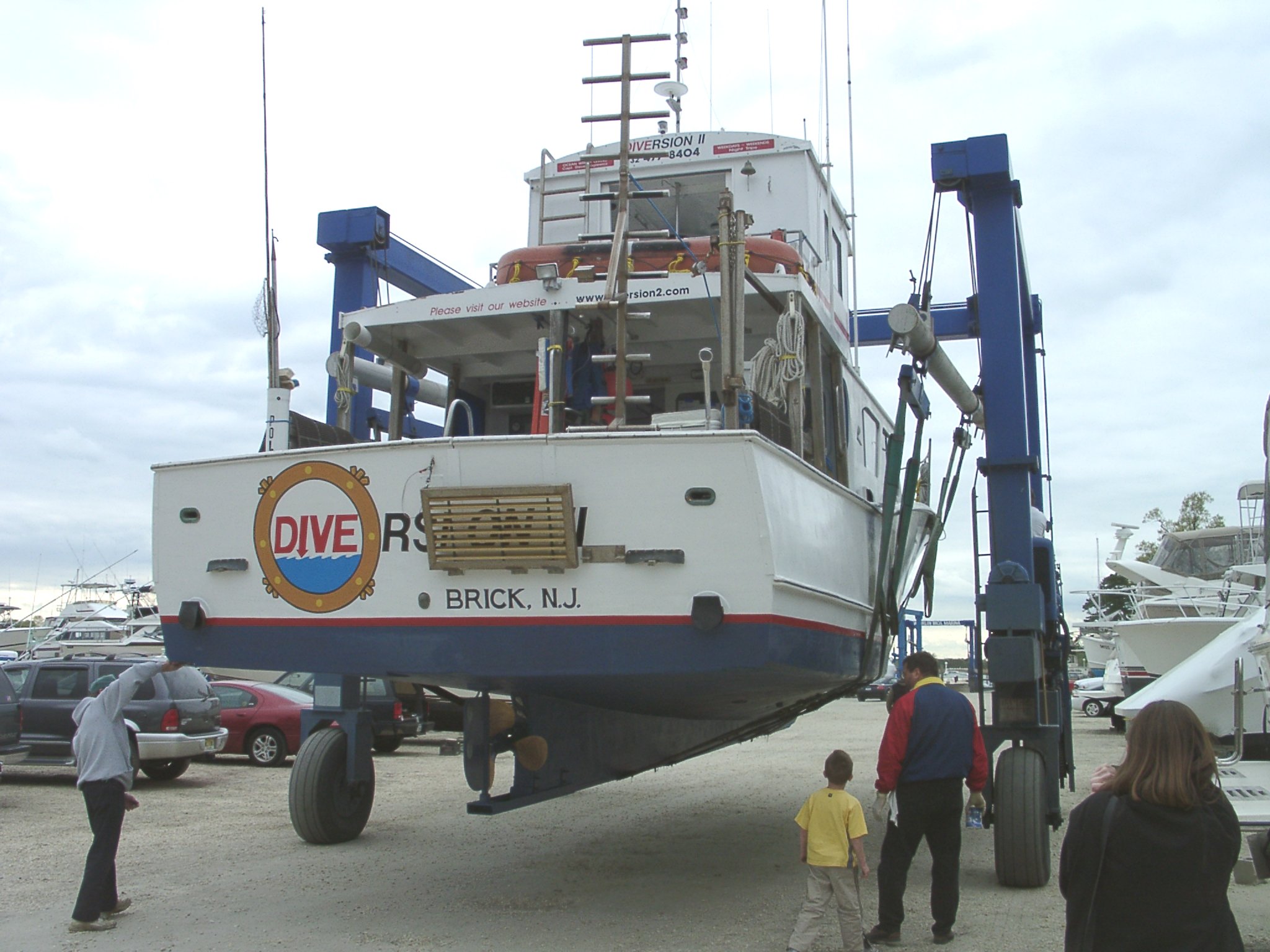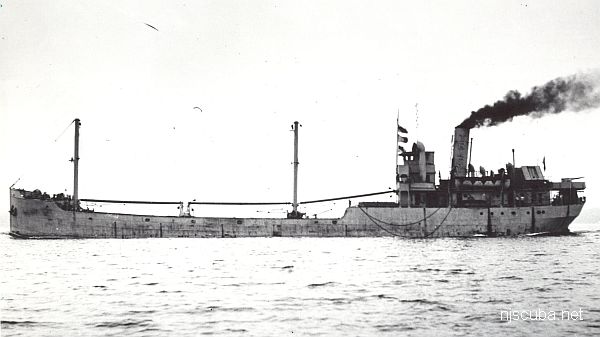December 11, 2020
This Brings Back Memories
December 11, 2020

https://www.yachtworld.com/boats/1986/harker-s-island-rose-craft-2384729
Expired link - Seeker for sale again.
Only $25,000. Sounds like they blew an engine. Pity, they put a lot of work into the old girl.


Diversion II was broken up somewhere on the Chesapeake Bay years ago. Just a few dive boats left. Shops too - Dosil's closed-up this year.
Much of both boats' old websites was folded into NJScuba.net, so they're not all gone. Looks like Seeker's old domain name has been bought up and turned into spam. Alas.

